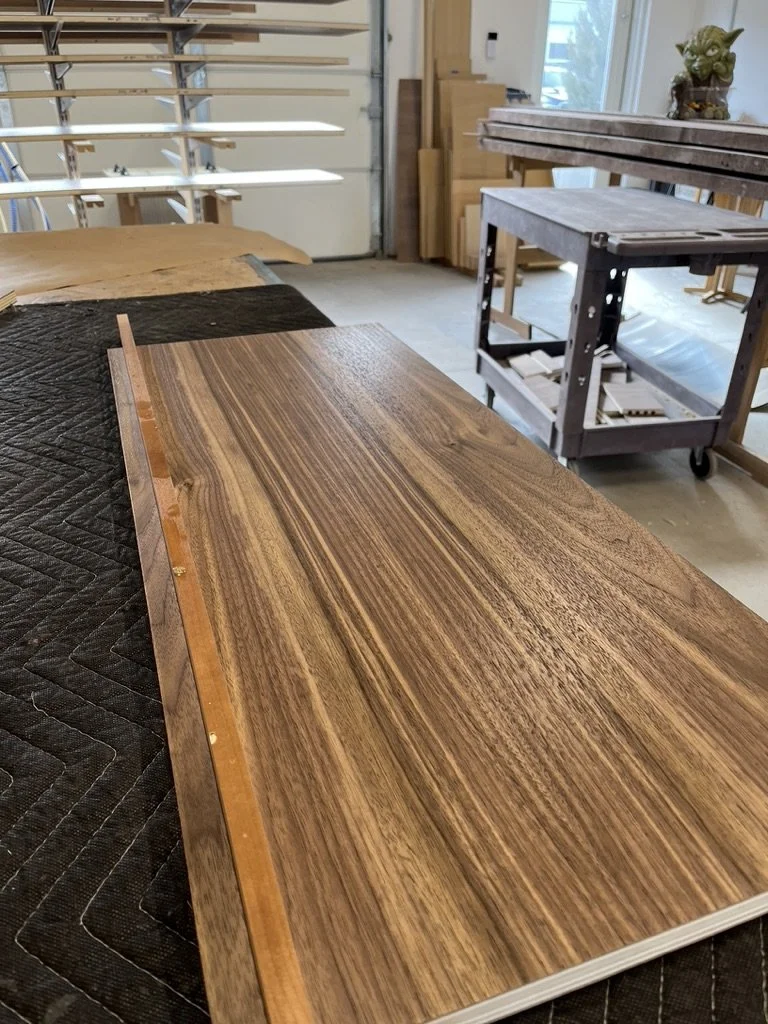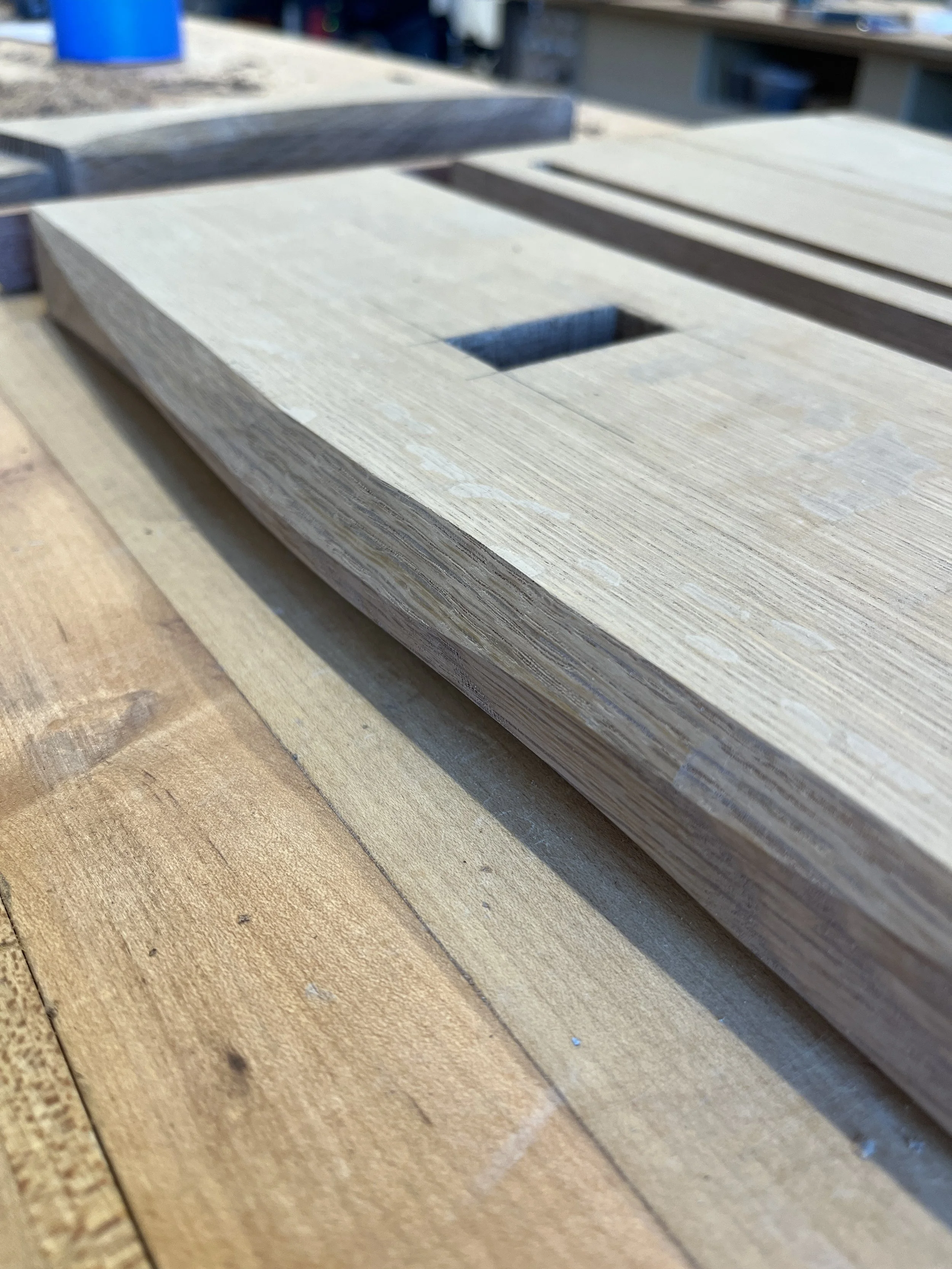Understanding Wood Movement | Plant Biology
Form & Function | What goes into quality custom built furniture?
Does plywood have a place in bespoke furniture? Is it not “high end” if it has a manufactured wood product?
The answer depends on the function and details of the piece. Where wood movement might cause problems a manufactured product can contribute to a higher quality piece. Form meets function and they must work in harmony.
On the flipside, ever see a shelving unit fall apart because of the wood not holding its shape? Use the right materials in the proper places to gain the lasting results. That is one of the realistic reasons to have a professional shop vs. a big box assembly line store.
Today we’ll discuss some basics of wood movement. Warning: If you didn’t get along with high school biology, this post might bring up some bad memories.
Whether wood, metal, plastic or most other solid material, there is always some degree of movement in that material in reaction to environmental factors. Metal expands and contracts with temperature. Vinyl siding on a house can expand in length significantly when heated by the sun.
Solid wood reacts most to moisture. Think of a tree trunk as a large bundle of straws, stretching from ground to the top. The straws carry nutrients in the living tree. When turned into lumber the straws represent the grain. Typically the long part of the board is parallel with the grain, and the end of the board is cut across the end of the grain. So when you look at the end of the board, at the end grain, you’re looking at the open end of all the straws.
A freshly cut board is wet with water so it is dried before use. If it dries more on one side than the other, those straws shrink more than the other side, resulting in the wood curving to the dryer side. This is known as cupping.
If the board dries evenly it shrinks evenly. Ever wonder why a 2x4 board actually measures 1.5 inches x 3.5 inches? Because it’s initially cut to 2 inches x 4 inches and then dries to 1.5 x 3.5.
When using solid wood in custom furniture we need to account for wood movement…
…which typically happens across the grain. The straws get wider and thinner, but don’t change length much. If the air in the shop is very dry, and thus the wood in the piece is relatively dry, but the air in the client’s home is moist, then the wood may absorb moisture and literally change shape.
We’ll explore more about wood movement and how the craftsman deals with it in future posts. Spoiler alert: This is where plywood can help.
How do you want to understand your furniture?
Our customers get updates and details on their builds throughout the process because hand built furniture is an experience to behold.


